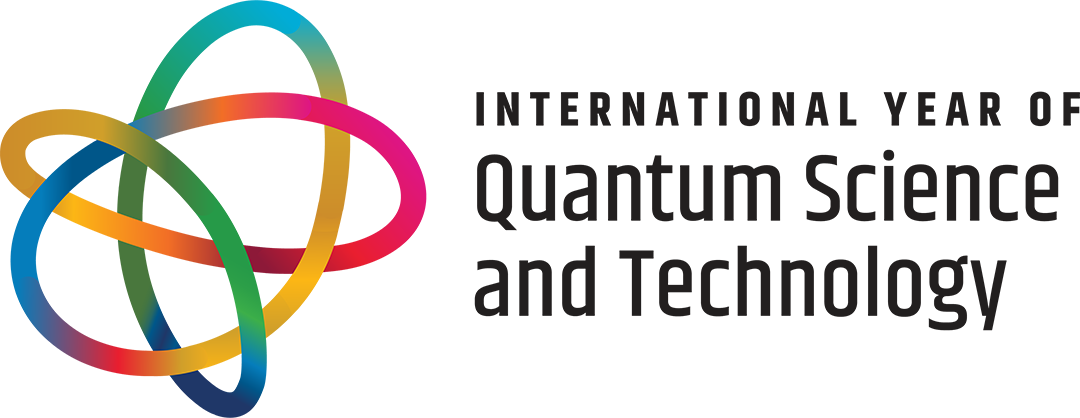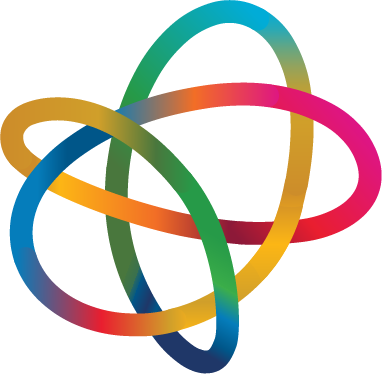Elisa Torres, a Chilean Student That Popularized Quantum Mechanics Among Girls All Over the World
(Olivia Castillo is a physics student and APS JNIPER fellow.)
Her Childhood
For Elisa Torres Durney, every flower, every leaf, and every insect was an opportunity to discover something new. As a child, her parents could never find her inside the house; she was always outside, exploring the marvels of nature. Her parents loved this, even when she brought dirt into their clean house. They believed in the value of education (as long as she was careful) and even gifted her with a pink microscope. This plastic microscope became her window to a new world, as she continued investigating the outside world with a childlike wonder.
However, Elisa’s curiosity was not limited to what she could see through the microscope. She simply loved learning, including the art she learned from her grandfather, a painter. She only needed to observe her grandpa to master advanced techniques and would spend many afternoons at his side, watching the delicate process of mixing colors to tell a vivid story. She still paints today, using the skills she learned from her grandfather.
Thanks to the support of her parents, by the time she started high school, her curiosity remained as strong as ever. She took full advantage of learning opportunities, working in a lab, participating in theater, and asking questions in all her classes. Unfortunately, the coronavirus pandemic brought all of that to a halt.
Her Journey into Quantum Computing
As a teenager during the pandemic, Elisa had too much free time and was very bored, without social interaction and with fewer activities. In the fall of 2021, she enrolled in an online, two-semester quantum computing class, taught by the Coding School and sponsored by a large tech company, IBM. Before the course, Elisa only knew that quantum mechanics was a field of physics that studies tiny things. No one in her life was familiar with quantum computing, not even her mother, who works in technology.
From the first day, the course captivated her. She learned that quantum computing uses the laws of quantum physics to solve certain problems faster than traditional computers. Her professor explained fascinating topics like qubits (a unit of information in quantum computing) and superposition, properties exclusive to quantum physics.
A simplified explanation of these concepts would be: a normal computer only uses the numbers zero and one to encode information, but in a quantum computer, the information is encoded in a mix of both. Imagine that the qubit is both zero and one at the same time, but also neither zero nor one. The ability to exist in multiple states at the same time is called superposition in quantum mechanics. Then, once the quantum computer reads it, the qubit collapses into a definite state of zero or one. This is an idea that challenges our classical understanding of the natural world!
In addition to learning theory, Elisa had the chance to dive into the subject through labs. For example, she worked with quantum circuits and programmed with quantum algorithms, important tools in this interdisciplinary field. Most importantly, she made international friends with other students in the program. Despite her friends coming from very different cultures, they all shared the same enthusiasm for quantum computing. Without a doubt, the course was a transformative experience for her. Elisa said, “When you love something, you want to share it.” And that’s exactly what she did.
Girls in Quantum
After the program, she wanted to keep exploring quantum computing and maintain the network she had formed in that class. She also felt inspired to share what she had learned with people who lacked the same opportunities. So, in 2022, she founded Girls in Quantum, an organization to make quantum sciences accessible to girls across the globe through virtual workshops and other free resources.
At first, the organization was only for girls in Chile (the country where she lived). But after seeing that her classmates came from many countries, she felt that Girls in Quantum should go beyond Chile. Evolving into an international organization was a major challenge. It was hard to find time for meetings: while some of her peers were sleeping, others were just waking up. It was also difficult to find experts to collaborate with. They were lucky if, out of hundreds of emails, even one person replied. The most frustrating part was that many adults didn’t take her seriously. When they saw her, they asked Elisa, “Where are your parents?” Even though she was qualified, they doubted her abilities because of her gender and age, but she persisted, and the Girls in Quantum learned how to be organized and flexible.
Currently, there are twenty-seven active countries in Girls in Quantum, from Japan to Egypt! In total, over five thousand young people around the world are learning with the organization. Elisa, who was recently recognized by Forbes “30 under 30” for this work, is motivated by the movement to democratize quantum computing education. She believes that there are many women with potential in the quantum field that simply lack the opportunities and resources they need to succeed. She is determined to change and open doors for the next generation of women in quantum sciences.
This article is part of the American Physical Society’s PhysicsQuest series.
Olivia Castillo is a senior, studying physics and humanities at the University of Texas at Austin.
For general questions about IYQ, please contact info@quantum2025.org. For press inquiries, contact iyq2025@hkamarcom.com.


